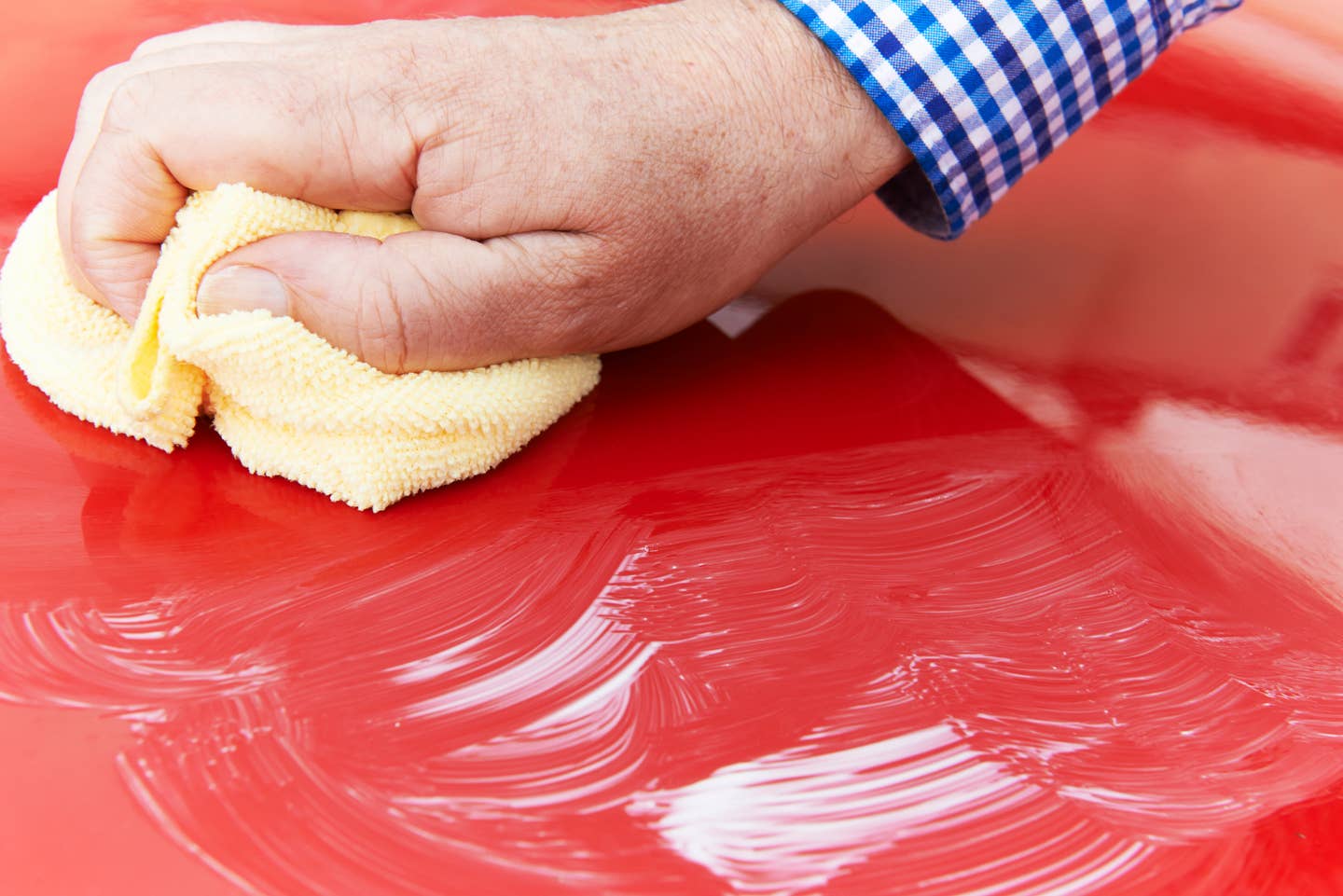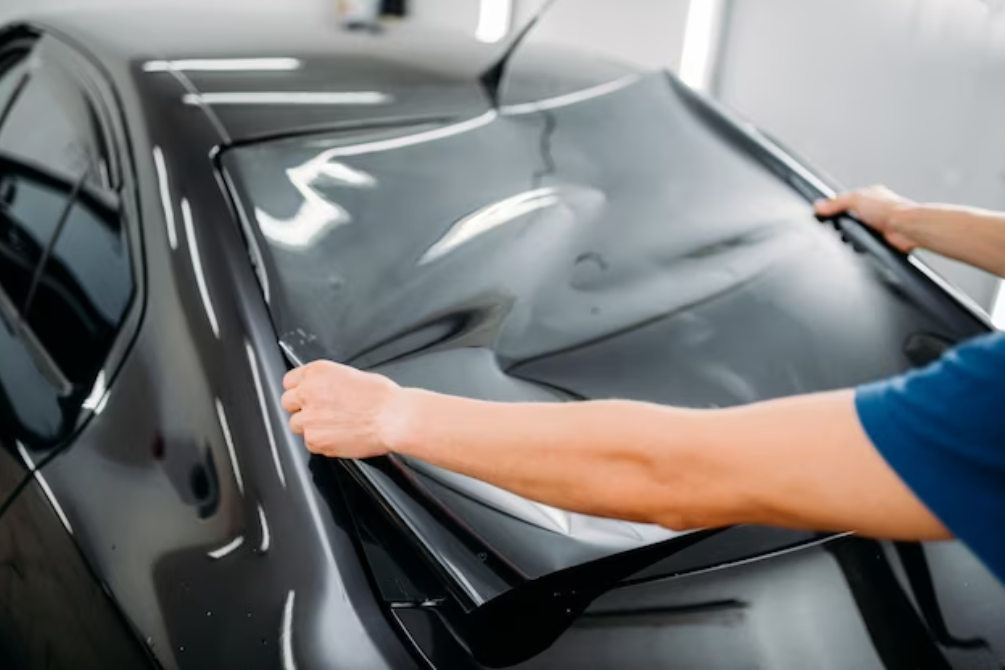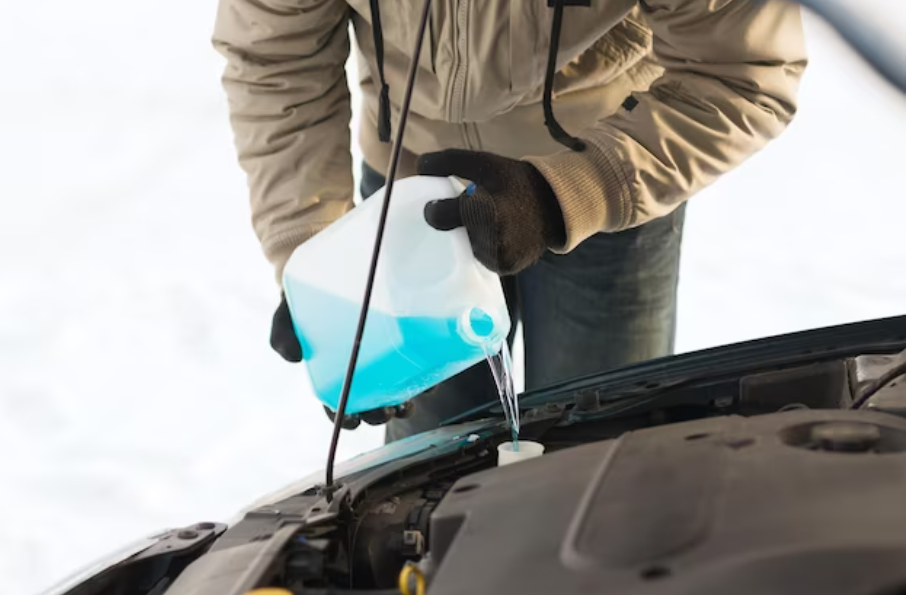How To Wax A Car?

Waxing your car is a crucial step in maintaining its exterior appearance and protecting it from various environmental factors. The wax acts as a shield, safeguarding the clear coat from damaging effects such as water, UV rays, and air pollutants. To uphold the pristine condition of your car's clear coat, experts recommend waxing every two months, ensuring it remains resilient against daily wear and tear.
Many car owners find waxing intimidating due to concerns about scratches or blemishes. In our blog post, we'll guide you through the waxing process and offer tips for a flawless finish. Whether you're a novice or an enthusiast, mastering waxing is achievable, and we're here to help you achieve stunning results while protecting your car's paintwork.
Why You Need To Wax Your Car?
Car wax provides a barrier against water, UV rays, and air contaminants to preserve the exterior of a car. It helps preserve the integrity of the clear coat and makes the paint shine better. Waxing the car twice a month gives long-lasting protection against the weather and maintains the car's appearance.

Waxing your vehicle is a straightforward task that typically requires between two and four hours, contingent upon your vehicle's size. Additionally, it can become messy, potentially resulting in inadvertent damage to your paint during the waxing process. I speak from experience. Take heed of my errors. Here's a rundown of what you'll require, need to know, and should avoid to ensure a smooth waxing process.
Prioritize Safety
- Given that wax is flammable, exercise caution around any flames, including those from matches or lighters.
- Be mindful that wax can cause skin irritation, necessitating frequent hand washing and rinsing.
- Lastly, refrain from ingesting the wax or cleaning chemicals, despite any tempting scents they may emit—it's not worth the risk.
Essential Tools and Materials
- Opt for clothing without exposed zippers or hard materials; comfortable sweatsuits are ideal. Pay attention to any buttons on the jacket sleeves that could cause scratches.
- Utilize soft microfiber cloths without edges to minimize the risk of scratches.
- While it may seem obvious, remove any jewelry beforehand.
- Consider having a step ladder on hand for accessibility (optional).
- Disposable gloves may be beneficial for added protection (optional).
- Ensure favorable weather conditions unless you're working in a garage.
- Gather carnauba wax, an applicator pad, and a clean car that has been thoroughly clay-barred and stripped of protectants.
- Automotive tape could be useful for specific tasks (optional).
- Prepare a spray bottle filled with water or an instant detailer for convenience.

1. Thoroughly clean and dry your car.
You need to wash, clay-bar treat your car first, and perhaps even polish it if necessary. Also, ensure your car is adequately dried.
2. Mask off areas you don't want to wax.
Using automotive tape, mark off sections such as window frames, headlights, taillights, badges, and other trim pieces where you prefer not to apply wax.
3. Optionally Warm Up Your Wax
If you're using a harder wax compound, consider warming it up by leaving it in the sun while you prepare other steps.
4. Apply wax to your application pad.
The amount you apply is subjective. Too little may require repeating the process frequently, while too much can prolong removal.
5. Apply wax
With the applicator pad, move against the body lines in up and down strokes, then follow up with left and right strokes. Avoid circular motions and focus on one panel at a time.

6. Remove excess wax
Using a towel, remove the wax starting from the panel where you began. Begin by wiping against the body lines, then flip the towel and follow up by wiping along the body lines.
7. Inspect Your Work
Examine the car from various angles to ensure no spots are missed. For white cars, consider repeating this inspection process twice or even three times.
8. Reassess Your Work
Use the instant detailer (or a water-filled spray bottle) mentioned earlier. Hold it parallel, about 10 inches above the car hood, and spray lightly. Check for any streaks of remaining wax that were previously unnoticed. Repeat this process until all wax is removed from the car's surface.
Here are a few more recommendations for the best results:
- Use different microfiber towels for polishing, cleaning, and waxing.
- Use premium microfiber towels. You may believe that the wax's quality will take care of everything, but if you also spend money on good tools, the results will be significant.
- Always read the instruction manual on the wax product you have selected; some need to be applied to a wet automobile, while others need to be applied to a dry one. As directed by the manufacturer for optimal outcomes.
- Try working on smaller portions of your car if you are waxing the entire thing. By doing this, you can prevent the wax from drying out too much before buffing it out.
Can wax be left on a car overnight?
Only until the glazing forms. It dries out, becomes difficult to remove, and becomes streaky if you leave it on for too long. Do not wear it in the sunlight.
What are the drawbacks of car waxing?
Deep scratches on an automobile are not guaranteed to come out with waxing. In fact, it may even go much deeper, damaging the car's clear finish.
Can a car be waxed too much?
With the notion that waxing your car more frequently can improve protection, you could be tempted to do so. On the other hand, excessive car waxing can cause significant accumulations and clouding. It will not harm your paintwork, but it will also not do you any favors.
In conclusion, waxing your car is essential for maintaining its exterior appearance and protecting it from environmental elements. The wax acts as a shield against water, UV rays, and air pollutants, preserving the clear coat's integrity and shine. Experts recommend waxing every two months to ensure long-term resilience against wear and tear. With our guidance, mastering the waxing process is achievable, guaranteeing stunning results and safeguarding your car's paintwork.
Click on the following link to read another blog post: How To Clean Your Engine Bay?







.png)









